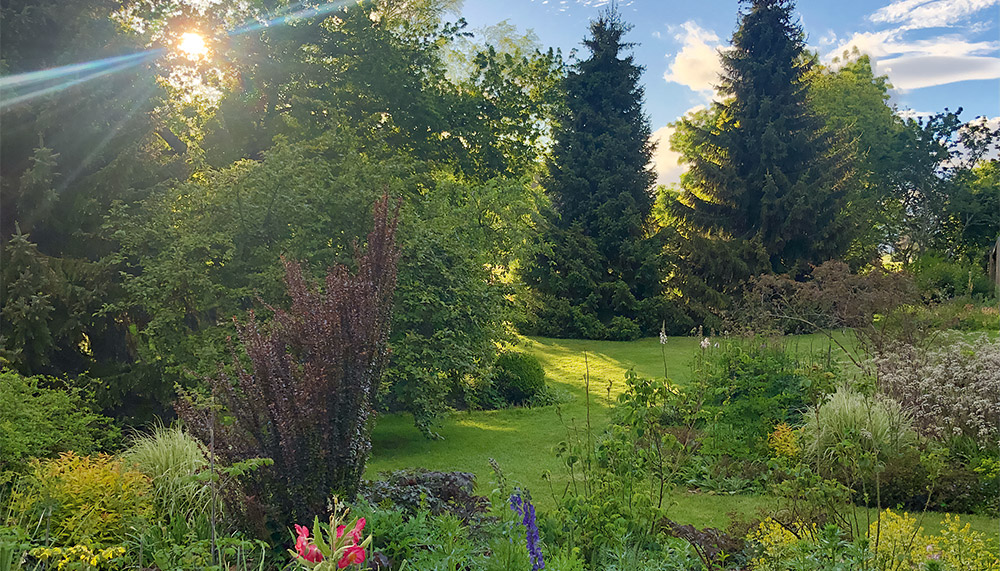Drought, flood and a lot of hard work have transformed Wychwood in northern Tasmania.
Story Andrew Bain Photos Matt Bendall
On most winter mornings, and even some summer dawns, Matt Bendall steps out of his northern Tasmanian home into a frost. The lawns are white and crisp, and the mercury can plunge as low as –13°C. They’re the very conditions in which the garden at Wychwood, just outside the town of Mole Creek, thrives.
“It’s certainly a unique spot to grow plants,” Matt says, as he wanders among the lichen-covered trees. “We’re at the lowest point in this valley, and we’re right at the base of the Great Western Tiers. When there’s a southerly, the weather patterns from the Central Plateau barrel down the mountains straight onto our patch of land.”
Created out of a bare paddock in 1991, the 1ha garden features more than 1,500 varieties of frost-resistant plants from around the world. Lush lawns extend between curving garden beds and neat hedges that slope down to a Scandinavian-style grass labyrinth on the bank of Mole Creek. Perennials fill the garden beds, and tree varieties such as South American nothofagus, Serbian spruce (which has a native range of just 60ha in the Balkans), and 8 species of birch tower above. More than 40 heritage apple varieties also grow through the garden, alongside more exotic fruit trees such as yuzu and Cornelian cherry.
This story excerpt is from Issue #145
Outback Magazine: October/November 2022










